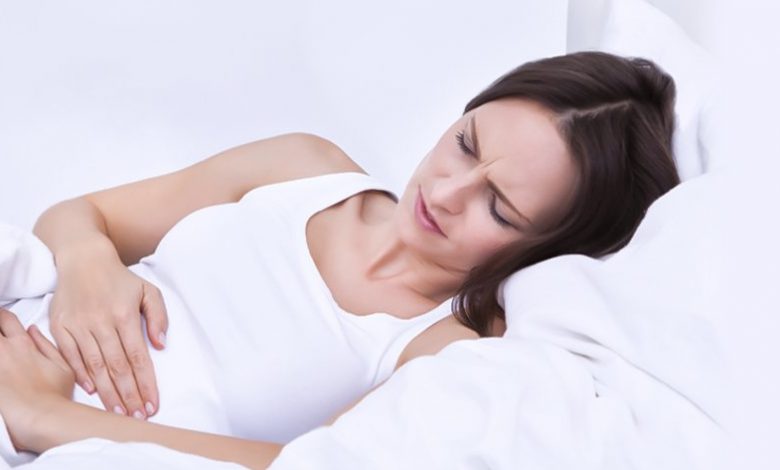
A healthy vagina contains both bacteria and some yeast cells but when there is an imbalance between bacteria and yeast cells it causes infection by the multiplication of yeast cells which causes irritation, itching, swelling in the vaginal area. This condition is not considered as a sexually transmitted infection and even sexually inactive women can also get it. If you once get this infection then there are chances of getting another one too.
What causes yeast infection in the vagina?
A natural occurring microorganism known as candida and lactobacillus bacteria is found in the vaginal area where the lactobacillus keeps a check on the growth of candida. An overgrowth of yeast can trigger and leads to vaginal infection and its causes are:
- Weak immune system
- Pregnancy
- Stress
- Uncontrolled diabetes
- Poor eating habits
- Hormonal imbalance
- Lack of sleep
- Antibiotics
Specifically, candida albicans causes most of the vaginal yeast infections. But they can be treated easily.
Symptoms:
- Soreness
- Pain during sex
- Burning sensation during urination
- Redness
- Swelling around vagina
- Vaginal itching
- Rashes
- Whitish-grey discharge
Complicated infection:
If it was a complicated condition such as pregnancy, have or had four yeast infection in a year, severe redness, itching and soreness in vaginal area which causes tearing of tissues of vagina and are HIV positive then the possible treatment could be two or three doses of fluconazole (Diflucan), 14 day cream or ointment, suppository vaginal treatment and tablets. If you are having infection repeatedly then check that if your sexual partner has a yeast infection.
There are many natural remedies to treat the infection like the use of coconut oil, garlic, tea tree oil, boric acid vaginal suppository, yoghurt.
Common medications for yeast infection are:
- Fluconazole
- Miconazole
- Clotrimazole
- Butoconazole
- Terconazole
Diagnosis of yeast infection can be done easily. The doctor will ask about your medical history that if you had it before or not and even question about STI ( Sexually transmitted infection). Next step will be a pelvic examination.
Prevention of yeast infection can be done by following:
- Avoid wearing tight clothes like jeans
- Eat a well-balanced diet
- Avoid douching
- Avoid taking hot baths
- Avoid using scented pads
- Wash your underwear in hot water
- Wear natural fibre clothes like cotton
- Eat yoghurt
You can prevent future infections by recognising your own risk factors. If you have any of these above symptoms then must visit a doctor for better treatment.
